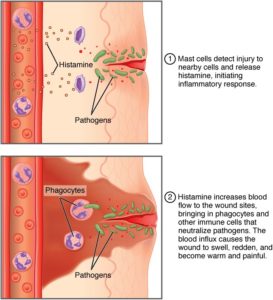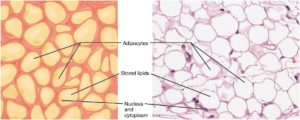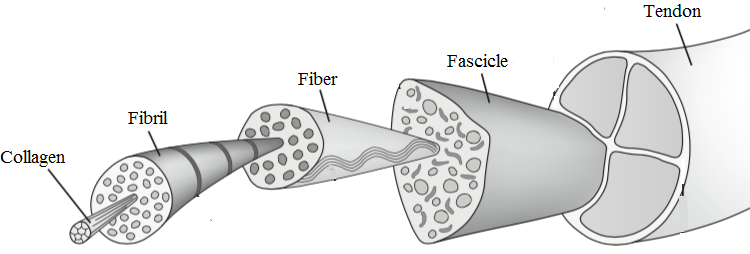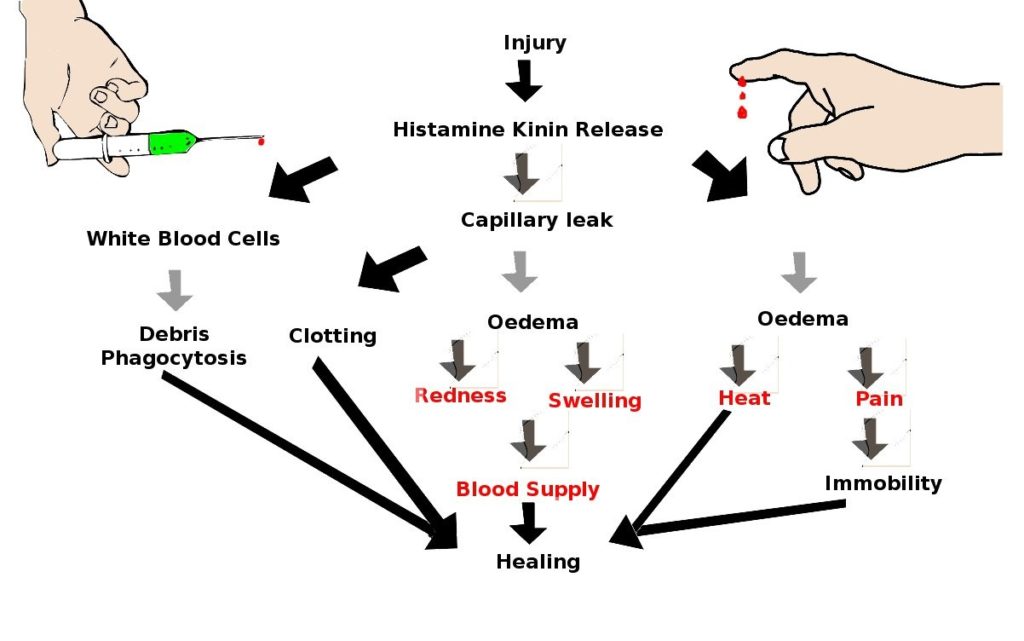TF:LVL2_M1 Pain and Inflammation
A Deeper Look at Pain and Inflammation:
When we started working on-the-body and focusing on inflammation, we conducted a lot of research on inflammation and quickly realized there were not only many different definitions, but there was also no good definition that matched what we experienced with both weighted tuning forks and singing bowls place on the body. For this reason, we had to redefine the term “Inflammation”.
Here is how the Internet defines inflammation with a quick Google search. “a localized physical condition in which part of the body becomes reddened, swollen, hot, and often painful, especially as a reaction to injury or infection.” or “redness, swelling, pain, tenderness, heat, and disturbed function of an area of the body, especially as a reaction of tissues to injurious agents.”
However, websites like WebMD go even further by describing chronic inflammatory responses when there are no foreign invaders to fight off. As in auto-immune diseases, “the body’s normally protective immune system causes damage to its own tissues. The body responds as if normal tissues are infected or somehow abnormal.” It is in this frame of mind that we redefine the term of inflammation to include any reaction by the body in any system to protect the body.
Unfortunately, when some of these definitions were developed by the medical community, we were not eating the same foods and experiencing the same viruses, bacteria, fungi, and heavy metals back then. Our body can now reach an overwhelmed state where an initial inflammation can occur and continue long after the source or cause of the inflammation is gone. Prolonged inflammation can feed itself until something comes along to remove it and restore the tissues back to its natural state.
In our quest to redefine the traditional meaning of inflammation, we really must be able to separate the definition into two distinct categories. In the case of traumatized tissue, there is an inflammatory response which I believe to be the proper utilization of the word. Notice it is used as an action verb in the sentence. In other words, there is an action involving a response of certain substances being released in the area of the traumatized tissue for the purpose of aiding in healing and preventing further trauma.
These substances like blood-based products (white blood cells and nutrients) and cell-based products (nitric oxide) focus on a very localized area and usually result in swelling depending on the type of injury. We sometimes associate swelling, heat, and redness as inflammation with these acute injuries, but we know that there is no specific substance in the response that can be pointed to and called “inflammation”. It’s an action, not a thing.

By OpenStax College [CC BY 3.0 (https://creativecommons.org/licenses/by/3.0)]
Now let’s apply this same concept to longer term and chronic conditions like osteo-arthritis in joints. We still find ourselves searching for this mysterious substance known as inflammation even when the typical inflammatory response is not necessarily a part of this condition because no tissue was acutely traumatized. In this second category, we would define inflammation as something in the tissue that causes pain and prevents the tissue from operating normally. We could still see those typical inflammatory response substances present as the chronic inflammation creates trauma from repeated restricted movements, but overall we are concentrating on what you are asking about with the real culprit of pain and restriction in mobility.
We believe that there is not a specific substance of inflammation to be found trapped or existing within the woven fascia fibers. It is the response of the fascia that causes the condition in which we call chronic inflammation. When the fascia responds to every change in condition, it will realign, loosen, and tighten to keep this marvelous machine upright and moving. But we are not working in unison with the fascia programming. We stop moving and start changing our movement patterns which causes the fascia to continue responding to our deliberate actions to move without pain. The fascia near the joints or that support movements associated with that joint will continue to tighten in some areas and loosen in others.
We also must consider that the tendons, ligaments, and bones are also fascia that will respond to changes in movement. These three components can work against each other to eventually sacrifice the layers of tissue normally in place to prevent injury and pain like cartilage and viscous fluids to reduce friction and cushion from impacts (also called fascia).
We should also consider how the superficial fascia layer is sometimes called the adipose or fat layer since we see the pockets of lipid-filled fat cells dispersed through the fascia fibers of this superficial layer just below the skin. Most people recognize the individual fat cells, but we do not recognize the structure around the fat cells as a unique component.

By OpenStax College [CC BY 3.0 (https://creativecommons.org/licenses/by/3.0)]
We also incorrectly believe that our muscles and tendons are the main component and do not consider the fascia surrounding the fibers as the primary and critical part of muscle or tendon. In the image below, we can see references to a tendon broken down into the individual components of collagen fibers creating fibrils which group into fibers and then into fascicles to make up a tendon. All of these components are fascia-based fibers made up of collagen; a component of fascia. Without fascia part of a tendon, the tendon fibers would not work as designed. Fascia fibers are a part of the tendon component.

By Blumpkin999 [CC0], from Wikimedia Commons
Inflammation is the end result of the fascia response to a current condition that prevents pain-free movement and an opportunity for the tissue to return to normal operations. We do not focus our efforts on a substance within the fascia network of fibers. We focus on the fascia itself to cause a change to the tension created by a cascade of events leading to the current condition of pain and reduced movement.
As a sound healer, we need to realize our role in healing an acute physical injury. If the client is healing from a broken bone, then our tuning forks are not going to be very useful near the break or fracture. In fact, the 128hz weighted tuning fork has been used by emergency medical professionals to determine if a bone is broken at the scene by placing the tuning fork on the suspected area. A broken bone will vibrate underneath the tuning fork and cause extreme pain. Singing bowls do not have nearly the same strength in a focused area since the vibrations are spread out among the entire surface of the bowl. However, when it comes to inflammation and loosening fascia fibers, singing bowls are ideal for influencing larger areas of tissue with a single bowl. We recommend using larger bowls to maintain a good amount of pressure necessary to send vibration into the underlying fascia fibers to release fluids and pressure.
The body’s inflammatory response has several purposes depending on the type of injury. If the injury is a cut or puncture, then the inflammatory response will focus on “shoring up” the injury to keep the fluids inside our body and foreign substances on the outside. In this type of injury, we should consider if our tuning forks are going to aid in healing the damaged tissues or inadvertently remove the inflammatory substances and hinder the healing process.

By Tradimus [CC0], from Wikimedia Commons
If we are dealing with torn ligaments, cartilage, and muscles, then we should make sure our actions are complementary to the healing process. Part of the inflammatory response is to prevent further injury through immobility. This means the inflammatory substances will cause pain if the injured tissue is moved, so this part of inflammation is purely preventative. Granted this is just one part of the inflammatory response. There are several other factors involved like bringing in the necessary substances for additional nutrients and oxygen required for healing. It is this increase in blood flow that makes in inflamed area warm up and appear red in color.
If these inflammatory responses are so critical to the healing process, then why are we focusing our tuning forks on areas of inflammation to relieve pain? There is another aspect of inflammation that is more chronic where the injury or infection is no longer present. In some cases, the original injury has been healed for months or years and the body is so overwhelmed with other problems that the inflammation remains permanently in place. As we learned with the WebMD definition of chronic inflammation, the body can start considering inflammation as the trigger or damaging agent to create a closed loop of a healing process out of control.
We focus our sound healing efforts on those areas where the body systems can no longer function as normal because of chronic conditions that simply cannot be healed through the body’s natural healing process. We are not helping the butterfly out of the chrysalis, we are helping the baby bird who has been forced out of the nest.
Chronic inflammation is the term that really requires redefining because healing methods designed for acute or temporary injury does not work for prolonged inflammation. Our medical community uses outdated responses to parts of the body that are in pain or chronically injured. Terms like degenerative are used to describe a progressive and irreversible deterioration of organs and tissues. Arthritis is another term used to put a label on conditions believed to be permanent and irreversible.
Our body is a magnificent design with every system and process created for self-sustainability. How did our bodies heal before we had the benefits of modern medical knowledge and technology? There was a time in our history where people did die of simple illnesses, but those were during times when we had poor living conditions and little protection from outside forces so our bodies could have the time and resources to properly heal. We are still in a time where the conditions of our lifestyles are keeping our bodies in an overwhelmed state of being where we could probably heal most illnesses naturally given the right conditions.
As sound healers, we need to consider why the body does not heal itself naturally and why inflammation continues to remain in a chronic condition. With our sound healing tools and the right knowledge of inflammation, pain, body systems, and techniques for placement, we can provide the necessary change of conditions to give our clients a chance for a return to natural healing processes. We relieve pain by removing the pain-causing inflammation. We change the players in this game of chronic inflammation so that the entire outcome begins to change as well.
Once the constant inflammatory responses have been “retrained”, we can start to look deeper in the cause and effect of the triggers and sources that created the chronic condition. Each step of the assisted healing process using tuning forks and singing bowls has a role in the overall goal of complete healing where the client is no longer in need of your pain-relieving services. At this point, we would move into a preventative maintenance process where pain does not return because the triggers and sources were identified and addressed. Sound healing also has another benefit of providing incredible relaxation and meditative properties, which is the necessary and ultimate condition for a natural healing process. It is in these areas again where the singing bowl is the optimum method for bringing the body and brain patterns into a relaxing state required for meditation and healing.
What is Pain?
Our journey to understanding the definition of pain as explained on the Internet starts with Wikipedia where the initial paragraph describes pain as “a distressing feeling often caused by intense or damaging stimuli.” It doesn’t take long before the description is handed off to the International Association for the Study of Pain. This organization has provided us with a much deeper explanation along with definitions of several terms used throughout the medical community.
The IASP defines pain as “an unpleasant sensory and emotional experience associated with actual or potential tissue damage; or described in terms of such damage.” They continue with a much deeper meaning of this one statement to provide one of the most details description of pain available for consideration. In my opinion, all other definitions or description of pain eventually references back to this IASP statement.
With our deeper consideration of the individual components of the IASP definition, we are reminded that pain is always subjective because each of us learn about pain through our individual experiences and injuries very early in life. In other words, we define pain from childhood experiences which ultimate leads us to connect pain to a past emotion.
All aspects of determining pain threshold, diagnosing causes of pain, categorizing the type of pain, and determining a treatment or method to block pain is based on an individual’s definition of unpleasant. IASP believes that any experiences that should be associated with pain but not determined as unpleasant is also not considered or defined as pain. This last statement is not always so easy to deal with when healers are receiving an empathic sensation from another person showing a clear sensation of pain only to have the other person deny any feeling of pain. We will continue to build upon this initial definition of pain and apply new concepts from the aspect of energy healing especially in places where modern medical description lacks a full explanation.
Chronic Pain:
When we apply a time factor to pain, we find two ways to categorize pain as acute pain (short duration) and chronic pain (longer duration). The time involved in both acute and chronic have changed over the years from months or years to less than 30 days or a few weeks of experiencing pain before we consider it chronic.
IASP identified additional criteria created in 1994 to classify chronic pain associated to characteristics such as the region of the body, dysfunction of a body system, pattern of occurrence, intensity over time, and the ultimate cause of pain. In most cases, we find ourselves as energy healers focusing on long-term chronic pain areas especially when all traditional and conventional attempts to provide pain relief has failed.
Even this IASP definition lacked proper definition for research and corresponding treatment protocols. A 2010 article in the Journal of Clinical Investigation titled “What is this thing called pain?” suggested there are three classes of pain including nociceptive pain, inflammatory pain associated with tissue damage and infiltration of immune cells, and disease-based pathological pain resulting in damage to the nervous system. Examples of this last classification include abnormal functions and formal diagnoses like fibromyalgia, peripheral neuropathy, and tension-type headaches.
IASP defines nociceptive pain as any pain coming from “actual or threatened damage to non-neural tissue” where the signals are activated in the sensory nervous system and associated bio-cascade of responses required for self-preservation. We can consider this nociceptive pain as the default definition of what we have grown to know as pain when some outside source has hurt us.
The second class of inflammatory pain requires much greater focus in terms of energy healing because this type of chronic pain is what tends to overwhelm the body to a point where people in pain search for alternative solutions. We will continue to discuss inflammation as its own category of pain especially as we learn about different aspects of how an inflammatory response can continue long after the damaged tissue has healed.
We can see confirmation of this theory with how the definition of the inflammatory class of pain in the article above includes infiltration of immune cells defined as a separate and distinct aspect for a reason. Our immune responses can continue to cause more damage and associated pain regardless if the cause of the initial pain was removed or even initially existed.
